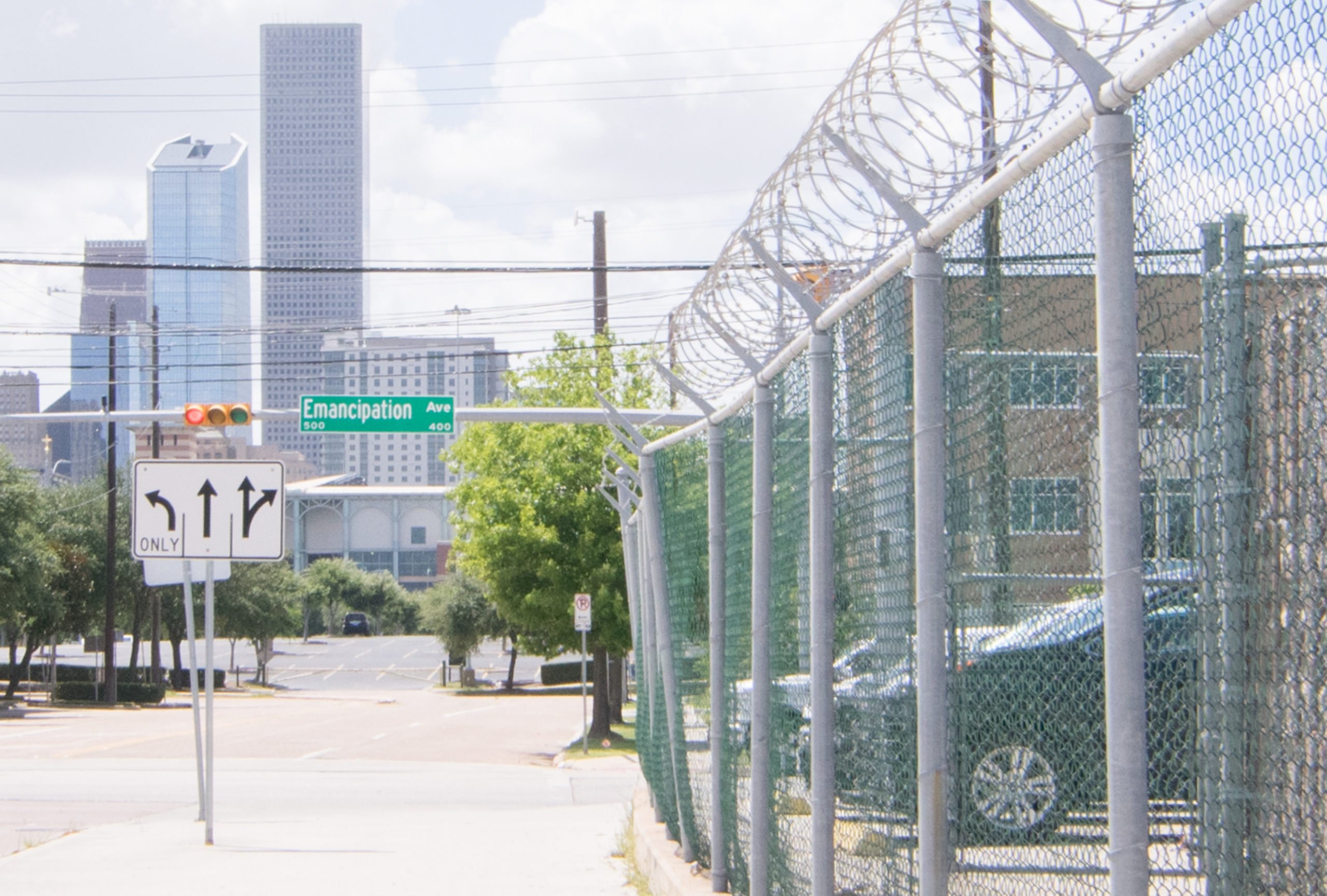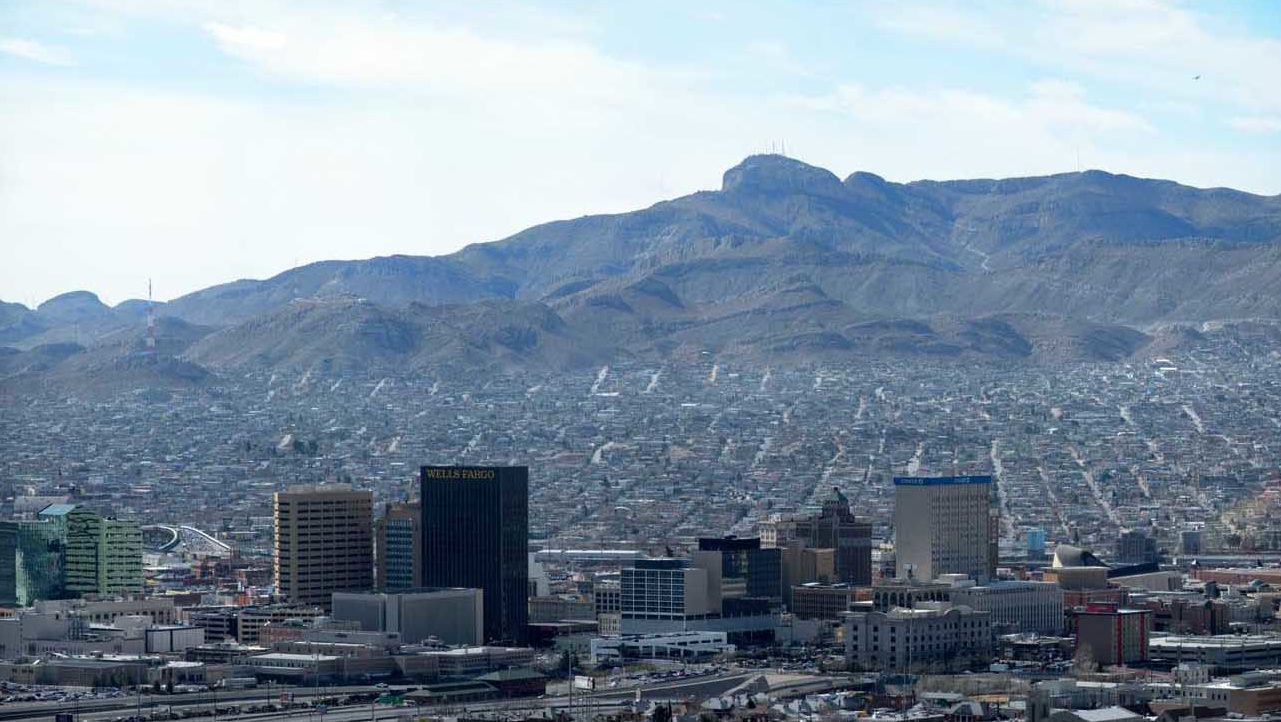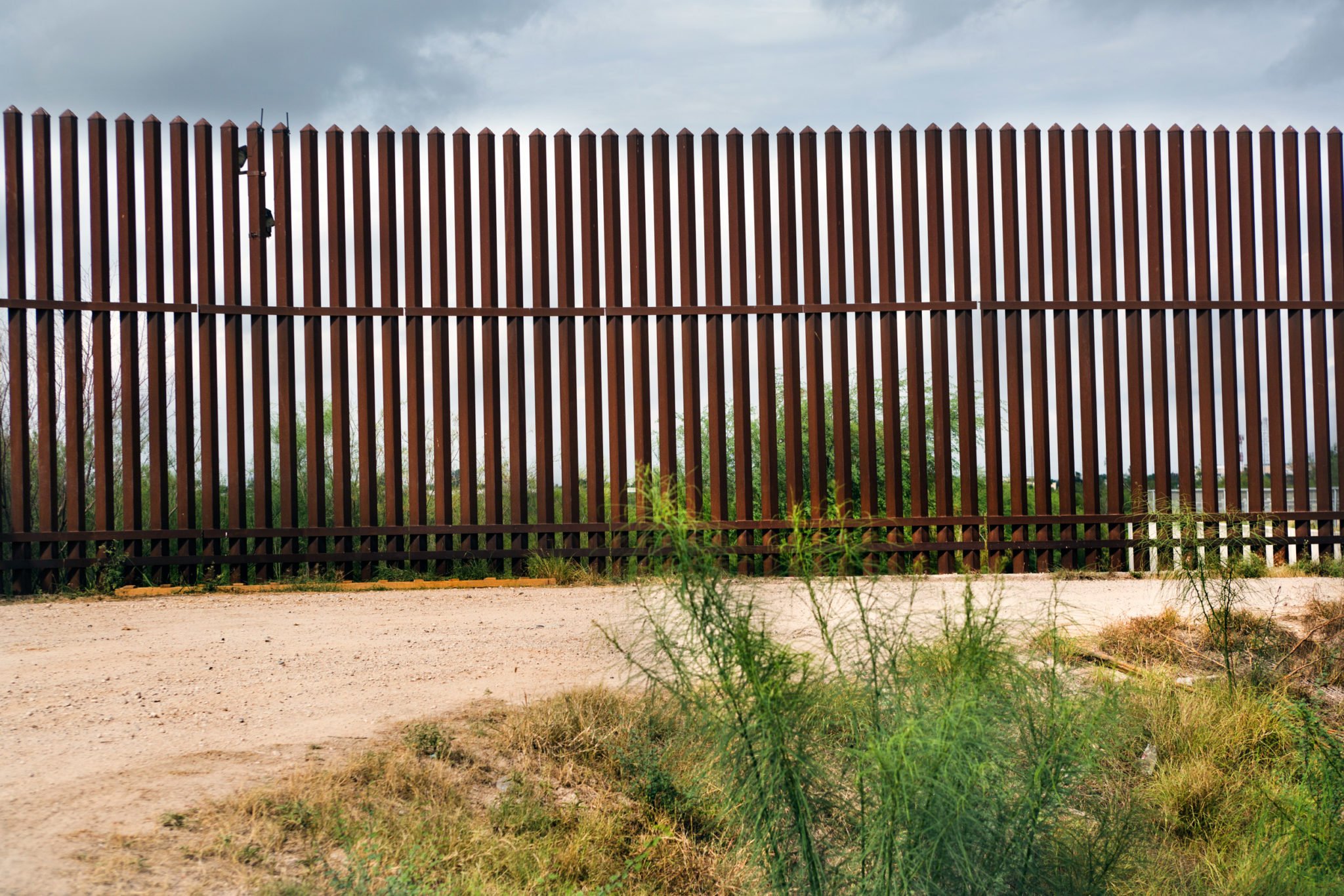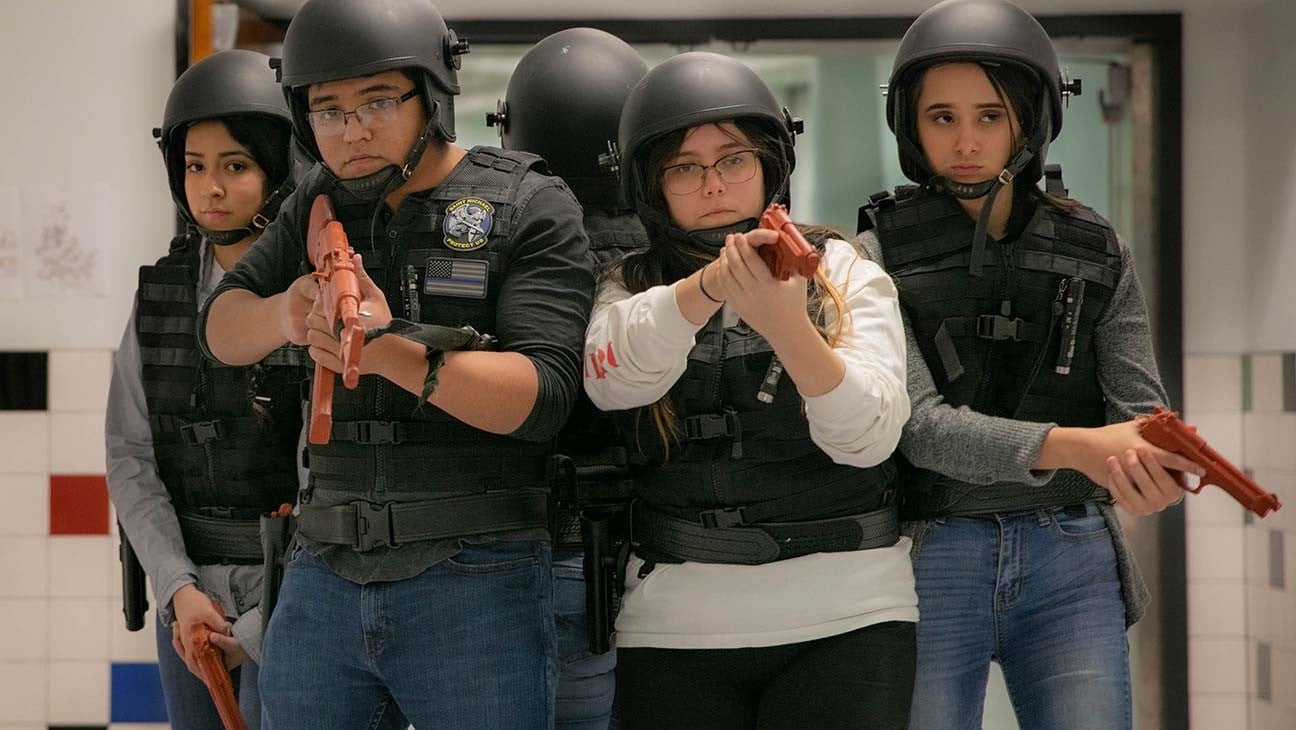
In ‘At the Ready,’ Latinx High Schoolers Train to Be Border Patrol Agents
A new documentary tells one story of the border through three conflicted young Texans’ job prospects, and the result is emotional, relational, and hard to categorize.
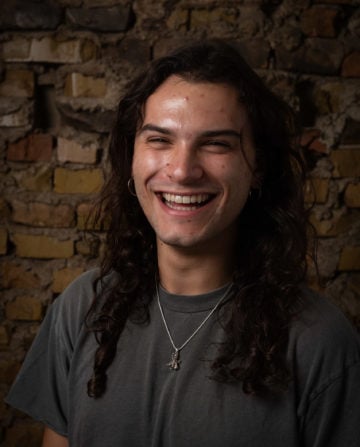
Above: In 'At the Ready,' three Latinx students hope to find steady jobs as Border Patrol agents, and come to question if the career is at odds with their identities, values, and families.
“Here’s the schedule: Active shooter at 12,” says El Paso area high school teacher Louie Jimenez in the first minute of At the Ready. “Hostage negotiation, 1:30. And then drug raid at 2:30.” He’s addressing a class of students in the school’s criminal justice club; they wear fake plastic pistols in holsters and bulletproof vests. This schedule is part of the Border Challenge competition they’ve been preparing for all year, where they compete in staged, high-stakes scenarios designed for police and Border Patrol agents. The kids hope winning the competition will make them stronger candidates for getting hired in the field.
Even before they start the drug bust, making arrests and handling civilian observers played by other high schoolers, Jimenez gives a pep talk. “Somewhere, in this world,” says Jimenez, a former police officer himself, “somebody is doing this right now, for reals. All this stuff, it only makes you stronger. You guys are all partners. We’re family.” Family, it turns out, is the moral ground this issue turns on. And as the year proceeds, the kids aren’t all convinced that this club is family enough.
At the Ready premiered at Sundance on January 31. A documentary from three Texan filmmakers, it follows three Latinx students at Horizon High School just outside of El Paso. Director Maisie Crow is the documentarian behind the award-winning Jackson and the editor-in-chief of the Big Bend Sentinel and Presidio International newspapers, where co-producer Abbie Perrault is managing editor. The third member of the trio, Hillary Pierce, produced the award-winning documentaries The River and the Wall and Tower.
The film, which has already sparked viral tweets and hints that it could be a 2022 Oscar contender, complicates the narrative around Texas’ electoral politics, our systems of law enforcement, and divisions within border communities. For these students, law enforcement offers a steady job that can guarantee them a solid future; but as time goes on, they come to question if the career is at odds with their identities, values, and families.
By focusing on each student, the film captures their personal struggles. One protagonist, Mason (known as Kassy in the film; he has since come out as a trans man), discloses that he’s gay to the filmmakers, but doesn’t feel safe telling his parents or teachers. The criminal justice club offers a place for support and community—only to a point. Another student, Cesar, is out of touch with his father, who lives across the border in Ciudad Juárez and isn’t allowed to cross because of a drug offense. Cesar’s conflict with the club is that while he’s always wanted to work in law enforcement, he wants to mend his relationship with his father more.
For Cristina, a child of immigrants, a Border Patrol job is a route to the middle class and an opportunity to carry her parents’ dreams forward. “My dad came over here to have a better life,” she says early on in the film. “I’m the first one that’s going to go to college and go into a major career.” When she tells her dad about a Border Patrol starting position that would pay more than $51,000, he says he didn’t start making that much money until two years ago. Her situation isn’t uncommon for children of immigrants along the border; text on the screen tells us that law enforcement is one of the few career fields in El Paso with wages comparable to the national average. After graduation, Cristina starts in a Border Patrol training program and takes night classes at a community college. She talks about how the club is like a family to her and how excited she is about her path.
In the meantime, we see other students’ in-class training back at the school. It’s hard not to reflexively react to how shocking the imagery is: the militarization of a school hallway; the way teachers, who are mostly retired law enforcement officers themselves, throw around phrases like “this is going to be paramilitary stuff” and joke about the elite border patrol unit Bortac “bussing people around” in the first meeting of the year.
Perrault traces the genesis of the project to 2017, when she and Crow were researching a story in a Laredo high school and saw kids running through the hallways with plastic guns. They learned that this was part of a new wave of law enforcement education that had sprung up all over Texas after lawmakers passed a bill creating more vocational tracks. According to their analysis of Texas Education Agency data from 2018, more than 900 schools statewide now offer classes in law enforcement education.
The film appears to show kids being prepared to go into battle, not training to enforce laws. It figures that violence begets violence and every scenario puts the students on the offensive. A “trailer” for the club at their first meeting is edited like an action movie, glorifying the dangers and sidelining the delicate responsibilities of this work. A few times, students clearly buy into the thrill of it: Boys jokingly pull their guns on one another, saying “Fuckin’ John Wayne kind of shit.” Later, one says, “If I was a cop, I’d beat the shit out of everybody.”
We never get a chance to unpack this. These boys are usually just off camera; they’re not our protagonists. Instead Crow successfully redirects our attention to the students we know better, whose paths are still as yet undecided and whose hearts seem to be in the right place. But in doing so, the film toes a difficult line: Does it downplay a culture of brutality? Could it have made a stronger statement on how tough-on-crime and anti-immigrant mindsets perpetuate themselves?
For better or worse, Crow makes this peripheral, instead centering the changing attitudes of Cristina, Cesar, and Mason. The strength of this approach is that we’re always interested in how they respond to what’s being presented in the classroom; we’re learning how they see the intricacies of this issue. In the same vein, we rarely delve into systems themselves: No one ever talks about the issue of guns in schools or the criminalization of drugs. The idea isn’t to deconstruct systems, it’s to show what these systems feel like. The film takes at face value the position of these students and their families, folks who have found relative privilege and security in the United States, and expresses that inherent internal conflict.
A similar effect takes place as the 2018 midterms unfold: The fraught relationship many have with U.S. elections is front and center. By November 2018, Cristina has already been training with CBP, but it doesn’t feel the way she’d expected. She tells us that on her first day on the job, a bus came in with unaccompanied 7-and 8-year-olds. With family separation looming large in the news, she’s upset and infuriated, and rooting for Beto O’Rourke to oust Ted Cruz in the election. When O’Rourke narrowly loses, we are at his El Paso rally with Cristina and her mother. When they get home that night, she sobs in her mother’s arms. “This changes everything,” she tells her. “I’m doubting whether to continue with Border Patrol.”
We see the fallout of this loss for Mason, too, who feels confined by the social conservatism of his parents and teachers, and we feel for both of them. Through this process, the film becomes a testament to the big question of what it means to think critically about your role in the world. It offers up respect for these young people who struggle to locate their responsibilities to themselves and to their families in Texas and in Mexico. More than an exposé of systemic ills, this documentary is one of personal storytelling, and it captures how emotional and relational this issue is for border communities.
Read more from the Observer:
-
Editorial: Texas Wasn’t Prepared for the Statewide Vaccine Rush
My elderly parents’ experience getting the COVID-19 vaccine highlights problems with Texas’ overall pandemic response. -
What to do With a “Tidal Wave” of Texas Wind Turbine Blades: The wind energy industry is struggling to find sustainable solutions for fast-accumulating piles of dead wind turbine blades. So far, all the options come with an environmental price.
-
Exploring the Rise, Fall, and Lingering Trauma of the Death Penalty in Texas: In his new book, journalist Maurice Chammah ties Texas’ embrace of capital punishment to the state’s frontier mythos.
